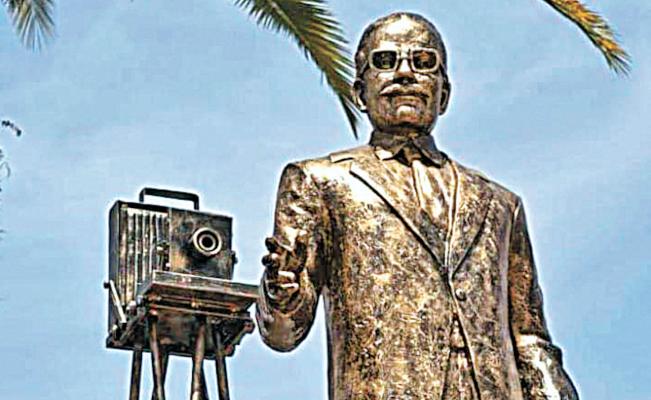The Mexican Jose Manuel Herrera who invented photography
José Manuel Herrera, illustrious Mexican, heir of the emancipation movement supported by the sons of the Seminary of Mining to form the new Mexican nation, had the glory of solving the problem of fixing images, at the same time and independently of those made by Niépce and Daguerre.





